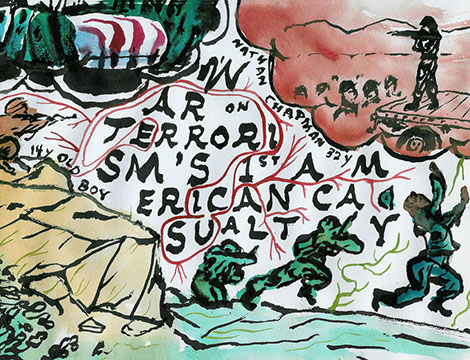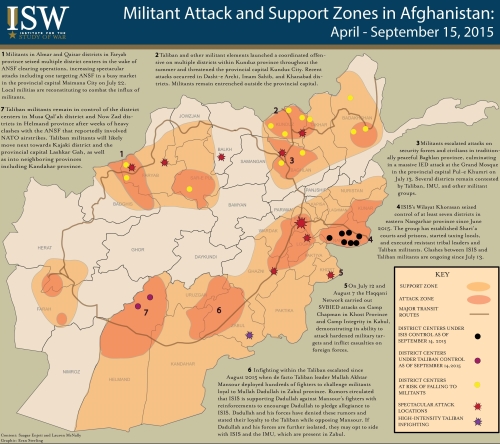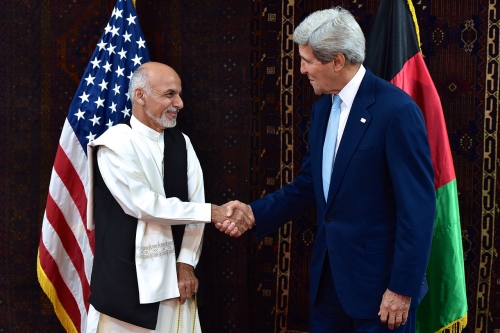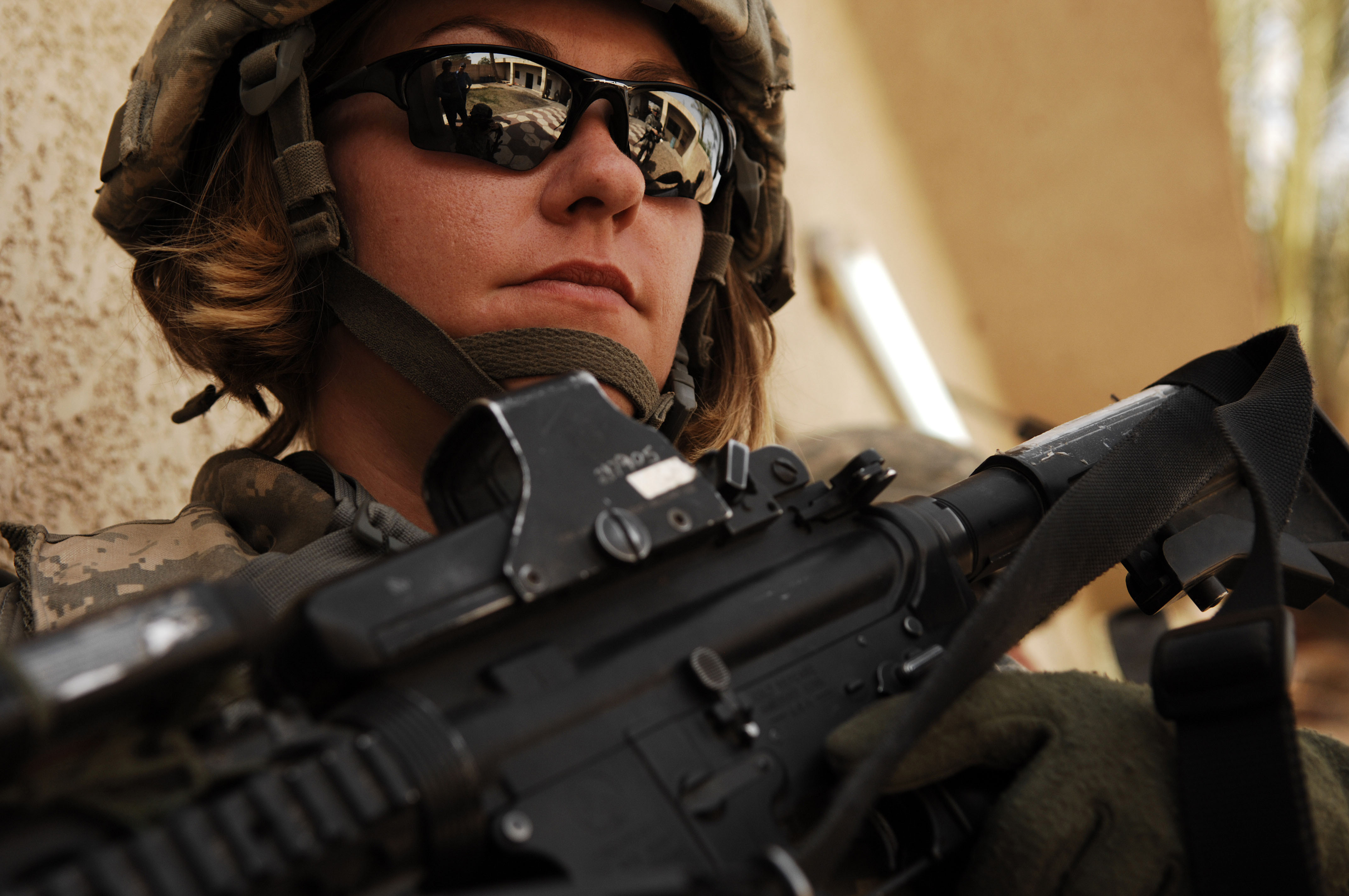
This article was originally published by War on the Rocks on 23 February 2017.
Gen. John Nicholson, who commands the American-led international military force in Afghanistan, recently made headlines when he called for “a few thousand” more troops and a deeper American commitment to the fight in Afghanistan in testimony before the Senate Armed Services Committee earlier this month.
This echoes the calls from a number of other analysts, as well as from senior government officials. The recently departed national security advisor, Lt. Gen. Michael Flynn — who once served as the senior intelligence officer for the U.S.-led campaign in Afghanistan — seemed to support greater commitment to the region. As they say, personnel is policy: Flynn appointed senior National Security Council staffers who called for engagement in Afghanistan to potentially continue another five to ten years. There’s good reason to think these beliefs might be shared by incoming national security advisor, Lt. Gen. H.R. McMaster, given his substantial investment in Afghanistan.




